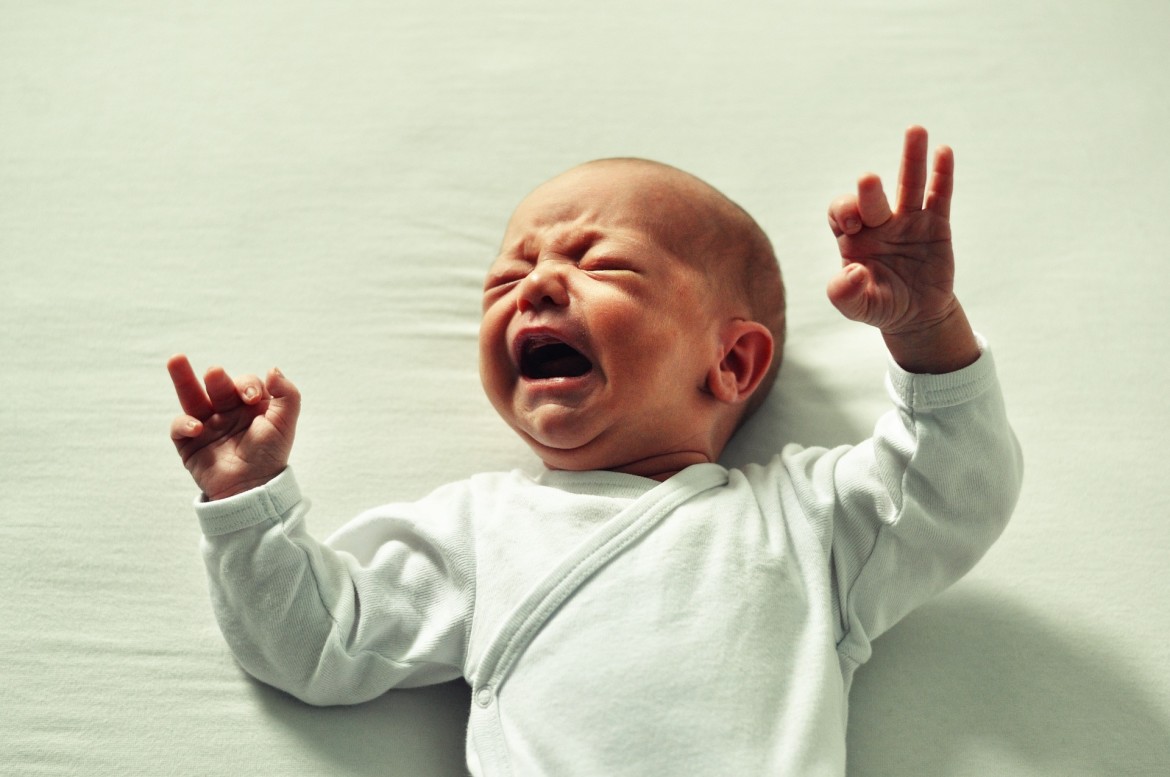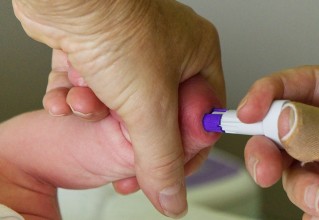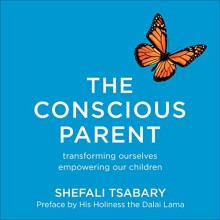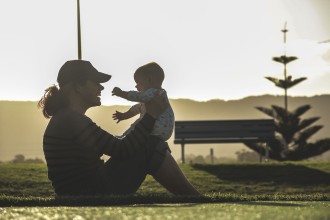Can babies 'Self-Soothe'?
27 Jun, 2019If you are a new parent or have been reading a few pregnancy books – you may have come across the term ‘self-soothing’. This is a technique that is allegedly used by Sleep Training schools to train your child to provide comfort and reassurance to themselves when they are distressed, without the help of their parent as an external regulator.
Babies only have one means to communicate their feelings – crying. They cannot call a friend and have a long chat about their crap day at work, or vent on a facebook status hoping for a few reassuring comments and likes. Neither can they self-medicate with a glass (or bottle) of wine or have a long relaxing bath with scented candles or watch a rom com in bed with a bowl of ice cream. Babies can only cry. If they are hungry, cold, distressed, scared, lonely, anxious – they will cry.
If you were upset and you cried – I’m sure someone around you – a friend or relative or colleague (external regulator) would comfort you and try to make you feel better. But what about our babies – what is with this new sleep training technique that urges us to ignore our helpless lonely babies who can do nothing but cry to express their needs? Imagine if you were in a lovely cosy womb for 9 months and then exposed to a world that is like a different planet – sterile, cold, lonely – not to mention the trauma of being born itself.
Research shows that the ability to regulate your own emotions depends on your ability to delay gratification and understand what your goal is and what actions you will need to do to get there. Most children do not have any active emotional regulation until they great least 2 years old, with this mainly occurring between the ages of 3 – 4 years. If toddlers can’t regulate their emotions, what makes us think that are babies can? Babies need an external regulator – such as ourselves – to help them regulate their emotions. Our babies are incapable of self-soothing. Yet if you do a simple google search on self soothing you will see many articles explaining how to teach your baby to self-sooth that are shockingly Medically Reviewed! They advocate for self-soothing from 4 months of age and encourage you to leave your baby to fuss for up to 5 minutes before intervening to encourage it to soothe itself.
“The key cognitive components necessary for self-regulation are inhibition, working memory and cognitive flexibility”. Roy Baumeister a psychologist who studied Self Regulation Theory states that it has four components:
Standards of desirable behaviour
Motivation to meet standards
Monitoring of situations and thoughts that precede breaking the above standards
Willpower
Ask yourself how many adults possess these abilities, let alone toddlers or babies. No need to – here’s some research.
A paper by Rothbart, Sheese, Rueda and Posner in 2011 discusses the development of self-regulation in early childhood. It describes the Executive attention network which is one of 3 neural attention networks. The executive attention network is particularly important because it allows a person to monitor conflicts between other brain networks, with links to emotional expression and effortful control – i.e. self- regulation.
The article says that “Studies of functional connectivity have shown sparse connectivity between brain structures during infancy, and a strong increase in connectivity at 2 years of age (Gao et al., 2009) and later (Fair et al., 2009).”
This particular longitudinal study observed the same children as infants aged 6 – 7 months, toddlers at 18 – 20 months and then finally at 3 – 4 years to test their reactive and regulatory functions in emotion and attention. What it found was that during infancy, the main network the child uses is the orienting network, that is looking at interesting objects shown to it by an adult and orienting itself. However in the toddler years – at 18 – 20 months, the children were starting to use the executive attention network through effortful control of emotional regulation and at 3 – 4 years old they first use effortful control to modulate the expression of emotions.
What does this mean for parents who want to support their child’s natural transition from an orienting network to executive attention network later as a pre-schooler? An infant’s control is mainly through their orienting network – so parents can soothe their infant (not expect self-soothing) by showing them interesting objects. This in turn will help the connectivity of the orienting network to the executive attention network, which will allow for stronger self-regulation as they grow older.
I hope this study encourages you to do your own research and read further, to understand child development and the fact that babies do not possess the cognitive abilities to self-sooth and so use their only means of communication to express emotion – to cry.
Research Why your babys sleep matters by Sarah Ockwell Smith https://www.momjunction.com/articles/how-to-teach-your-baby-to-self-soothe_00382632/#gref https://day2dayparenting.com/help-child-learn-self-regulation/· https://www.ncbi.nlm.nih.gov/pmc/articles/PMC3164871/
Cover Image by joffi from pixabay
Get The Best Of Sleepy Roo Delivered To Your Inbox
Subscribe to my newsletter and get the latest info on baby sleep! You can unsubscribe at any time.



